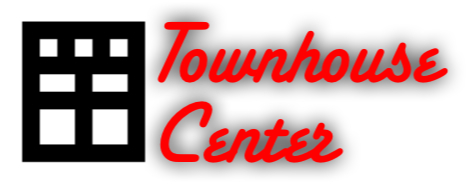 From Build a Better Burb writer Susan Piedmont-Palladino: "A rowhouse neighborhood is like a good chorus, a great diversity of individual parts contributing in harmony to something greater than the proverbial sum of parts. Their ornamented fronts strike the perfect balance of civic presence with privacy, of similarity and variation. With varied stoops and steps, bays, bows, and balconies, the regularity of width and height lets rowhouses coexist happily. These old rowhouses continue to adapt: once homes for bourgeois families a century ago, this particular row now houses cafes, boutiques, offices, even a police supply store, a non-profit, and a law firm.
"Part of the secret to their success is that these charming buildings harbor a truly subversive architectural idea: form does not follow function. Modernism tried to convince us that it did, though, and generations of architects parroted the phrase. We’ve wanted buildings and neighborhoods to suit us exactly right, right now, but maybe we should give ourselves a little room to grow into them. When form follows function too closely, obsolescence can’t be far behind. That’s because we’ve gradually reduced the meaning of 'function' to mere practicality and efficiency, but there’s much more to it. Buildings also have to function as part of a larger form, like a street or a neighborhood, to do their part in making places." Full post here.
From Build a Better Burb writer Susan Piedmont-Palladino: "A rowhouse neighborhood is like a good chorus, a great diversity of individual parts contributing in harmony to something greater than the proverbial sum of parts. Their ornamented fronts strike the perfect balance of civic presence with privacy, of similarity and variation. With varied stoops and steps, bays, bows, and balconies, the regularity of width and height lets rowhouses coexist happily. These old rowhouses continue to adapt: once homes for bourgeois families a century ago, this particular row now houses cafes, boutiques, offices, even a police supply store, a non-profit, and a law firm.
"Part of the secret to their success is that these charming buildings harbor a truly subversive architectural idea: form does not follow function. Modernism tried to convince us that it did, though, and generations of architects parroted the phrase. We’ve wanted buildings and neighborhoods to suit us exactly right, right now, but maybe we should give ourselves a little room to grow into them. When form follows function too closely, obsolescence can’t be far behind. That’s because we’ve gradually reduced the meaning of 'function' to mere practicality and efficiency, but there’s much more to it. Buildings also have to function as part of a larger form, like a street or a neighborhood, to do their part in making places." Full post here.
